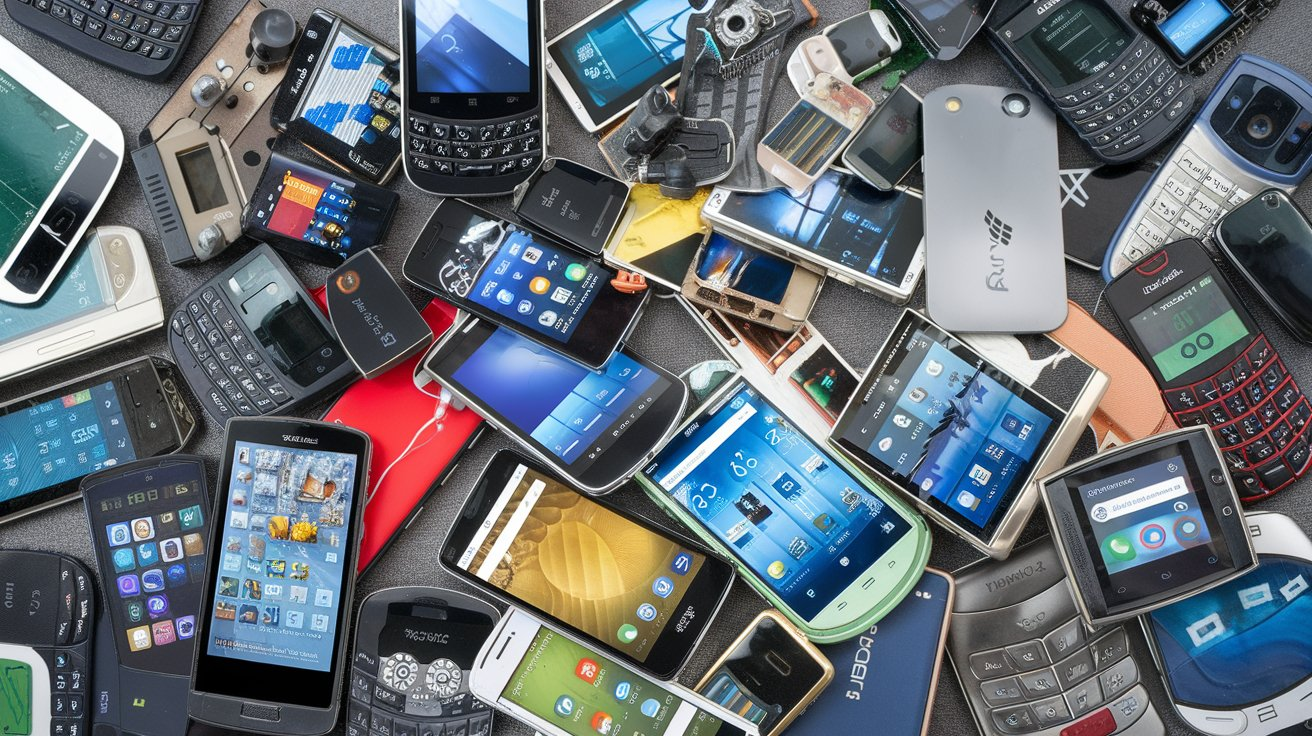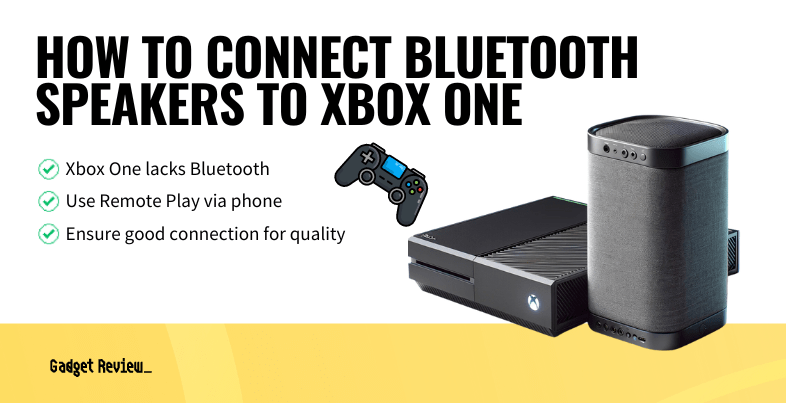Over the past two decades, smartphones have rapidly overtaken our society, dramatically shifting our daily lives in ways we could never have imagined. While we enjoy a golden age of smartphones with a vast array of options that cater to every need and preference, many terrible devices have come and gone, and no one is really sad to see them gone. Today, we delve into the top 25 worst smartphones ever made, looking at the flaws that made them such failures and their impact on the evolution of mobile technology.
25. Nokia N-Gage (2003)
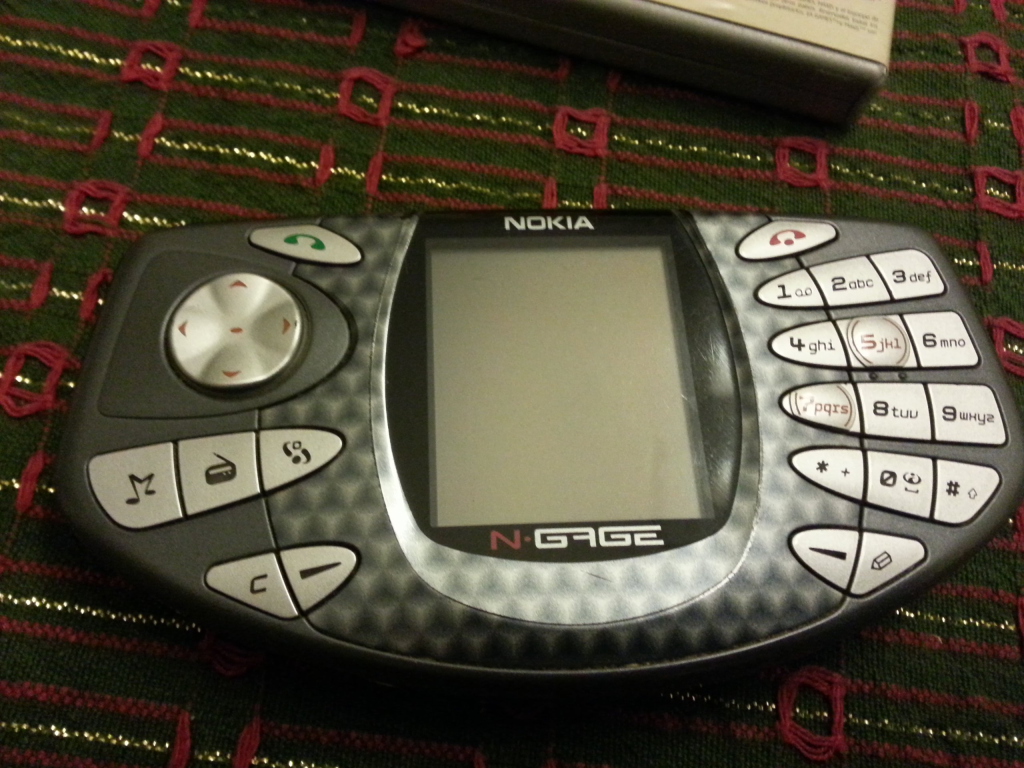
The Nokia N-Gage was an ambitious attempt to merge a mobile phone with a handheld gaming console. Announced in 2002 and released in 2003, it ran on Symbian OS and featured online multiplayer capabilities. However, the execution was severely lacking. The awkward design, dubbed the “Taco phone,” made it uncomfortable to use as either a phone or a gaming device. Despite initial shipping figures suggesting success, actual sales were dismal, leading to its discontinuation in 2006.
The N-Gage’s charm lies in its innovative concept, but it ultimately fell short in both categories. It serves as a reminder that even the most creative ideas can fail if not executed properly.
24. ZTE Open (2013)
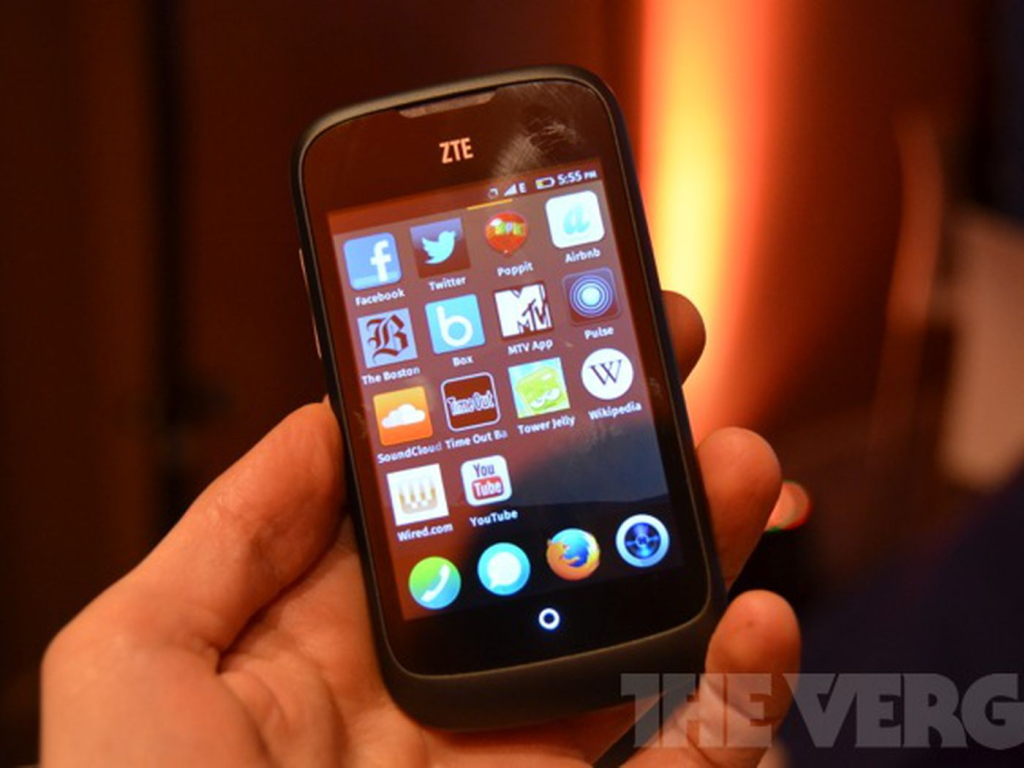
The ZTE Open was one of the first smartphones to run on Firefox OS, an open-source mobile operating system. While it aimed to provide a budget-friendly alternative to Android, it struggled with performance due to its limited hardware. With only 256 MB of RAM and 512 MB of internal storage, the ZTE Open was underpowered and offered a poor user experience.
The reliance on web apps rather than native applications made it even less appealing. The ZTE Open serves as a cautionary tale about the importance of hardware and software compatibility in creating a successful smartphone.
23. Asus Garmin Phone (2010)
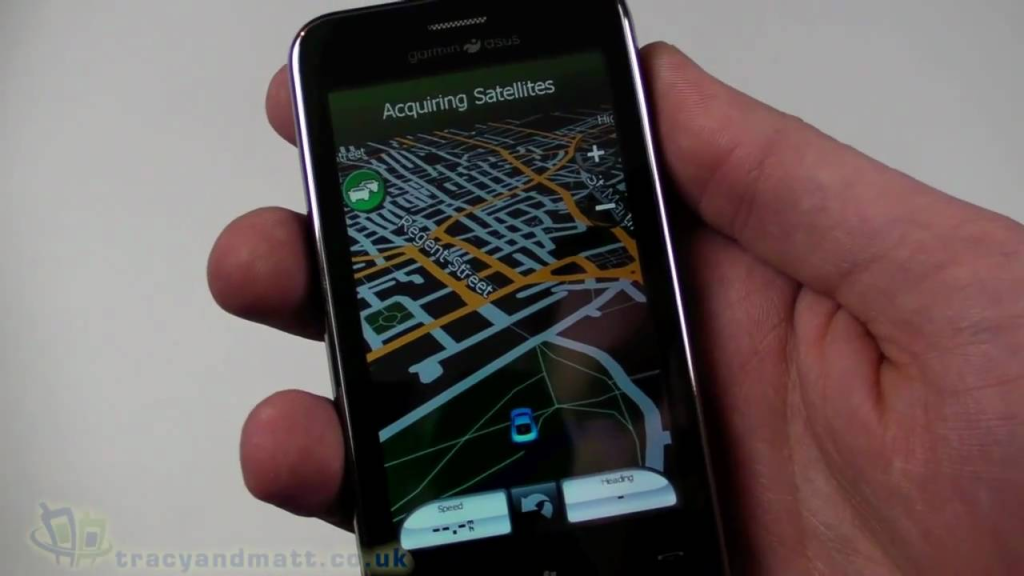
The Asus Garmin Phone was an attempt to integrate Garmin’s GPS technology into a smartphone. While it featured pre-loaded maps and a dedicated GPS receiver, it suffered from underwhelming specs and a clunky interface. The phone’s focus on navigation overshadowed other essential smartphone features, making it a mediocre choice for consumers.
Despite its innovative GPS capabilities, the Asus Garmin Phone failed to compete with more versatile smartphones. It highlights the importance of balancing specialized features with overall usability.
22. Motorola Backflip & Flipout (2010)
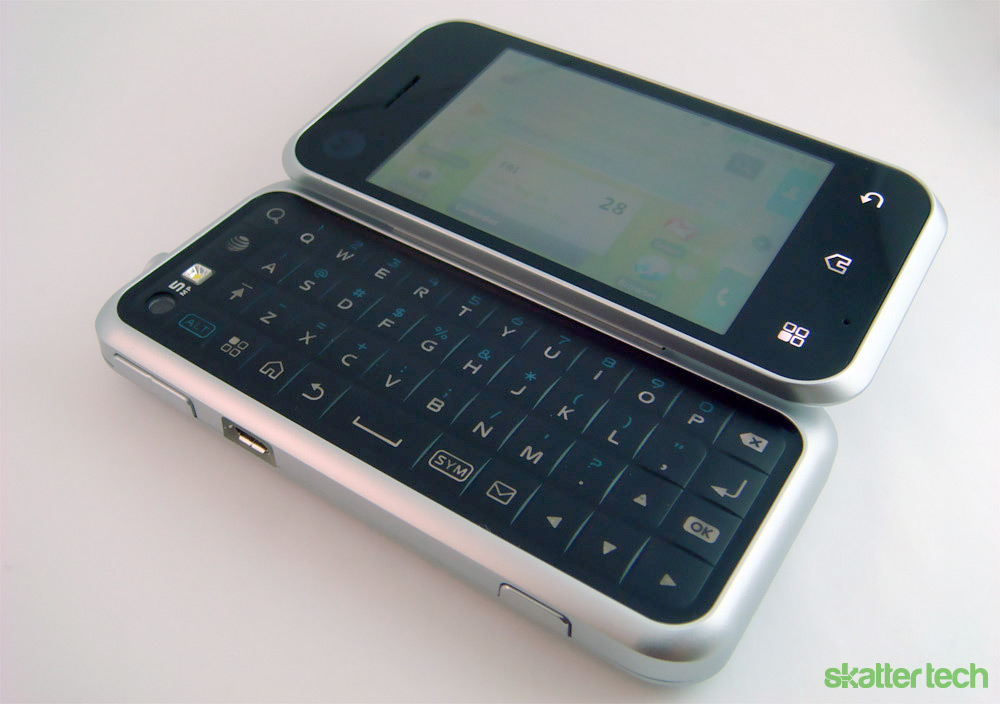
These two Motorola phones featured unique designs that allowed for physical keyboards to flip out. However, both devices suffered from underpowered hardware and poor software experiences. The Backflip’s touchpad was often accidentally triggered, while the Flipout’s small display made it impractical for everyday use.
While they had interesting concepts, the execution left much to be desired. These phones remind us that gimmicks can only take a device so far without solid performance.
21. LG G5 (2016)
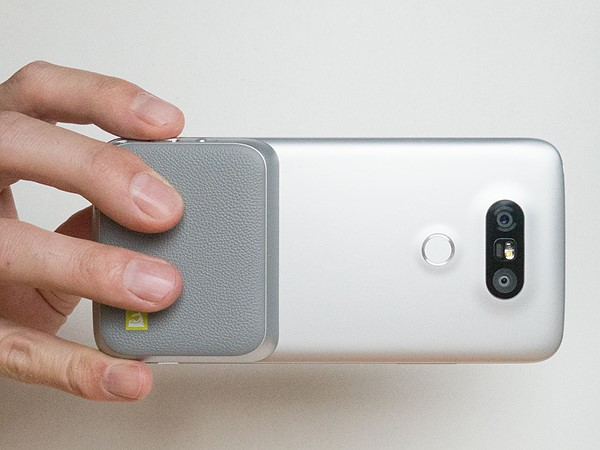
The LG G5 was notable for its modular design, allowing users to swap out components for added functionality. However, the execution of this idea was flawed, with limited modules available and a cumbersome process for switching them out. The phone’s innovative features were overshadowed by its lack of follow-through from LG.
Despite its potential, the G5 serves as a reminder that innovation must be supported by a robust ecosystem to succeed in the competitive smartphone market.
20. Sony Xperia Play (2011)
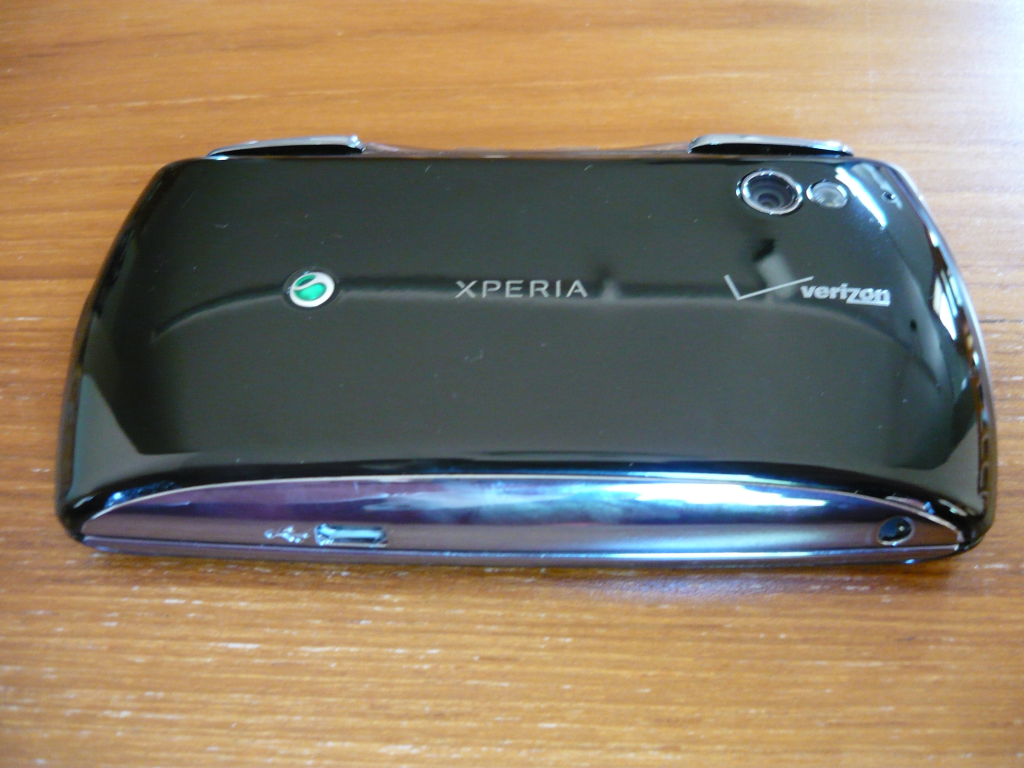
The Sony Xperia Play was marketed as a gaming phone, featuring a slide-out gamepad. While it had access to the Google Play Store, Sony failed to support it with a robust library of games. The lack of updates and a limited selection of titles led to its downfall.
The Xperia Play’s failure illustrates the importance of ongoing support and content availability in the success of niche devices.
19. Samsung Continuum (2010)
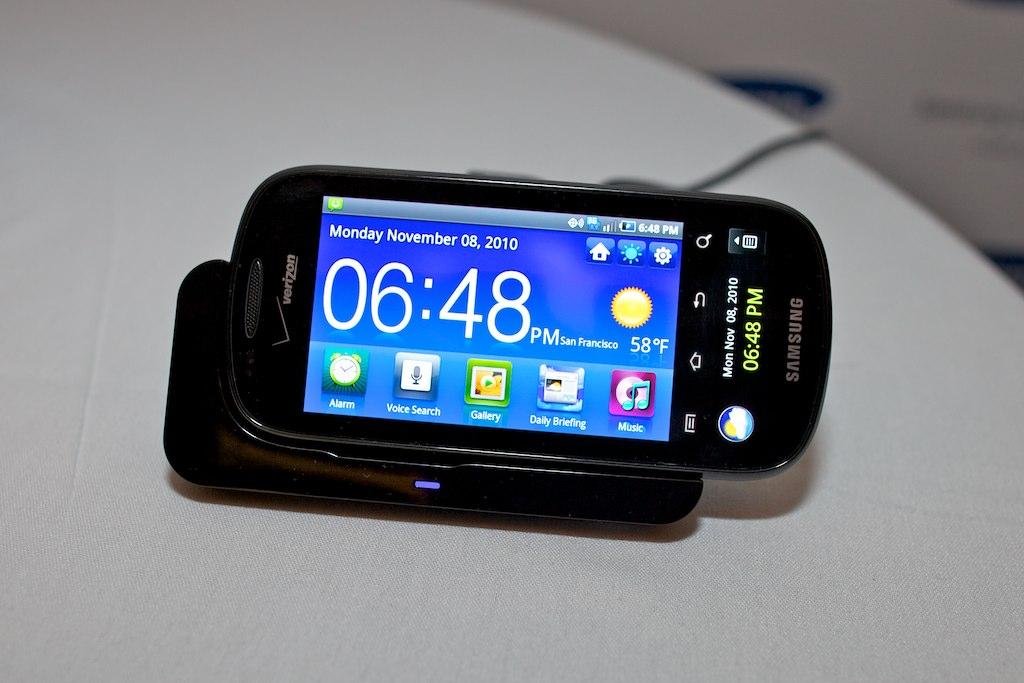
The Samsung Continuum featured a unique dual-display setup, with a secondary screen for notifications. However, this gimmick proved to be more distracting than useful, leading to a cluttered user experience. The phone was also bogged down by bloatware and a lack of updates.
The Continuum serves as a reminder that sometimes less is more when it comes to smartphone features.
18. Freedom Phone (2021)
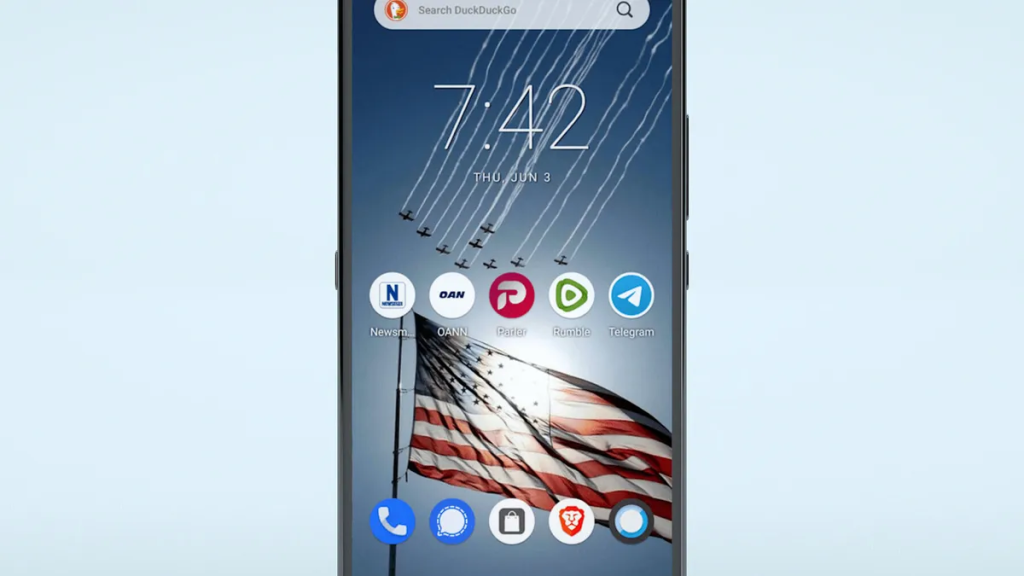
The Freedom Phone was marketed as a privacy-focused device but was criticized for being a rebranded low-cost Chinese smartphone. Its high price tag and lack of unique features led many to label it a scam. The phone’s failure highlights the importance of transparency and genuine value in marketing.
17. HTC 7 Surround (2010)
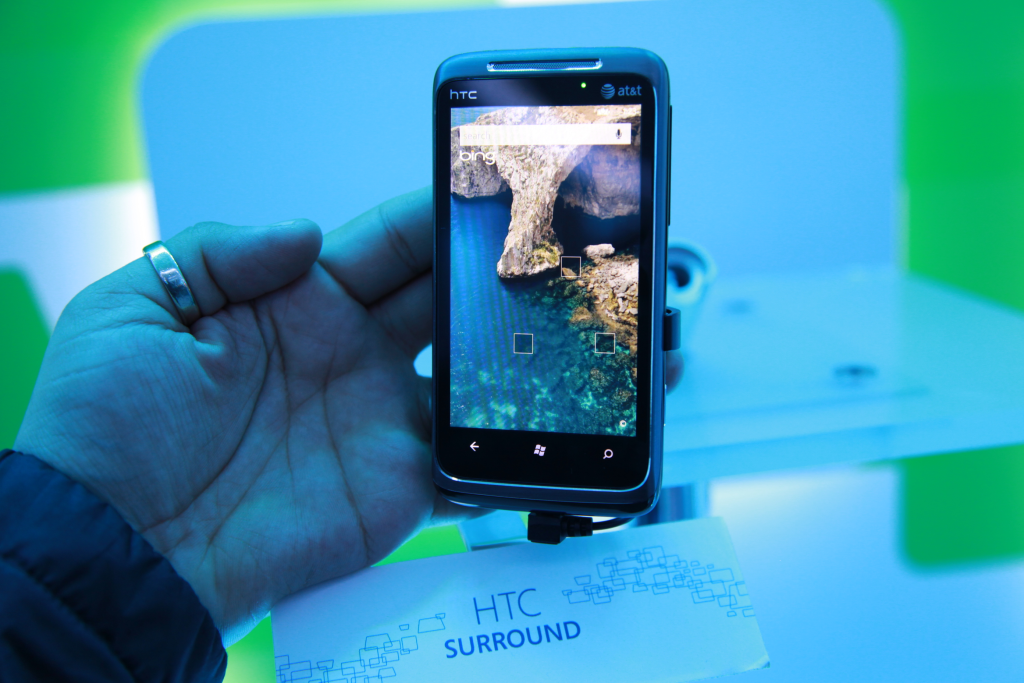
The HTC 7 Surround was one of the first Windows phones, featuring a slide-out speaker. However, it suffered from poor performance and a lack of essential apps. The phone’s gimmicky design did not compensate for its shortcomings, leading to a disappointing user experience.
16. Samsung Galaxy Fold (2019)
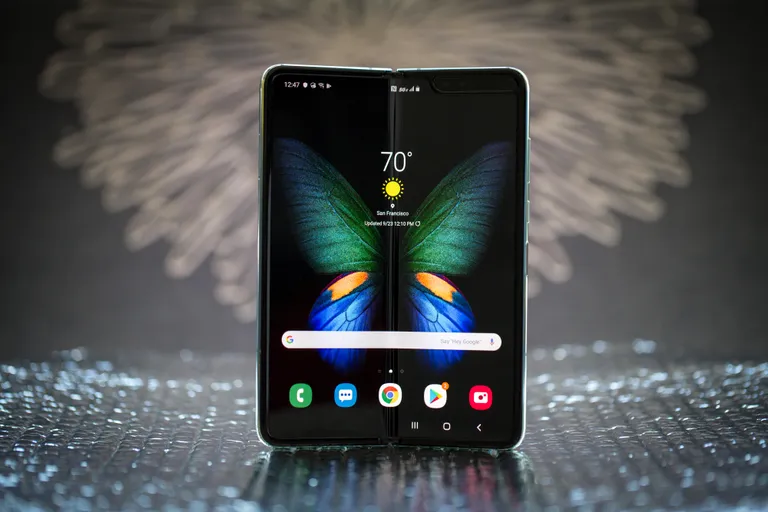
The first-generation Samsung Galaxy Fold was a highly anticipated device that ultimately fell short due to durability issues. Reviewers reported problems with the fragile display, leading to a delayed launch. While later models improved upon the design, the initial release tarnished Samsung’s reputation.
15. iPhone 5C (2013)

The iPhone 5C was a colorful alternative to the iPhone 5 but was criticized for its lack of value. The 8 GB model, released later, offered insufficient storage for modern apps, leading to frustration among users. The 5C serves as a reminder that even established brands can misstep in product offerings.
14. HTC Thunderbolt (2011)
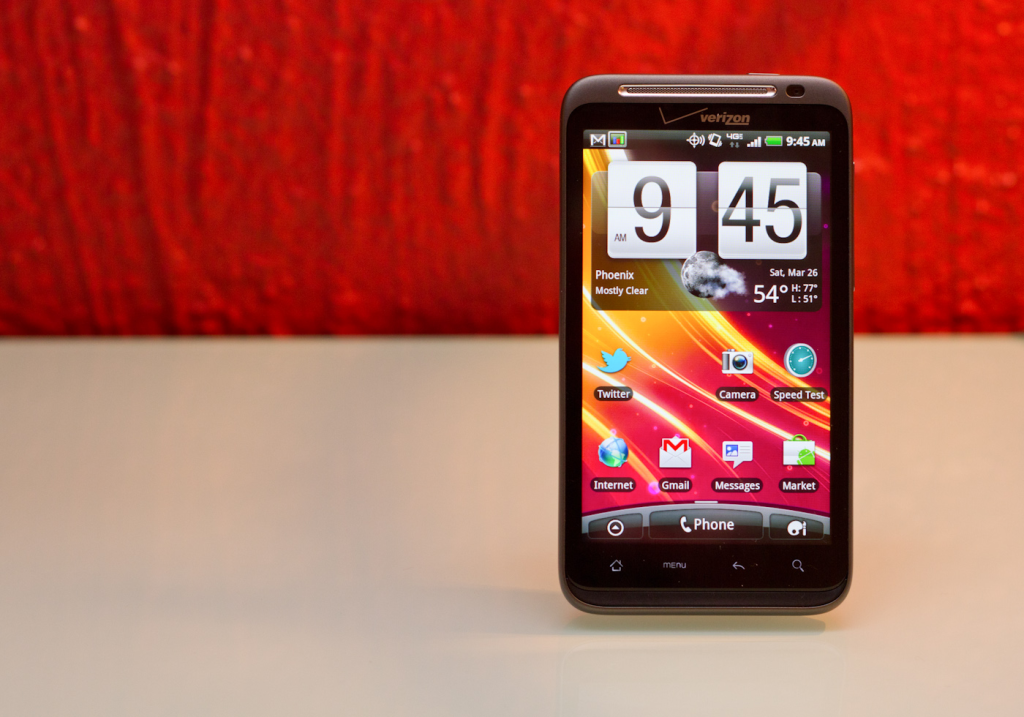
The HTC Thunderbolt, heralded as the very first 4G LTE smartphone, was initially met with great excitement and anticipation but ultimately failed to deliver on its lofty promises. Users quickly found themselves grappling with significant issues, including poor battery life that left many frustrated and a glaring lack of timely updates that contributed to widespread disappointment. The Thunderbolt’s overwhelming hype and marketing did not align with its actual performance, rendering it a cautionary tale for future smartphone launches and a stark reminder of the importance of meeting consumer expectations.
13. Samsung Galaxy Beam (2012)
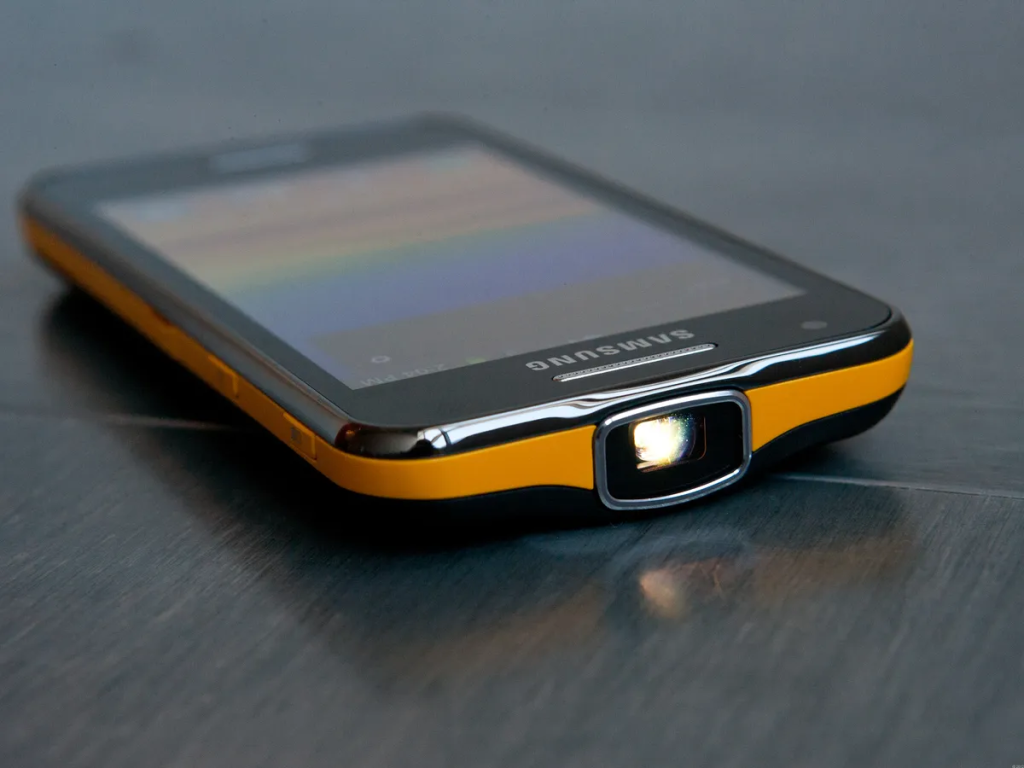
The Samsung Galaxy Beam featured a built-in projector, but the novelty quickly wore off. The phone’s bulkiness and poor performance overshadowed its unique feature, making it impractical for everyday use. The Galaxy Beam serves as a reminder that gimmicks can detract from a device’s overall usability.
12. HP Veer (2011)
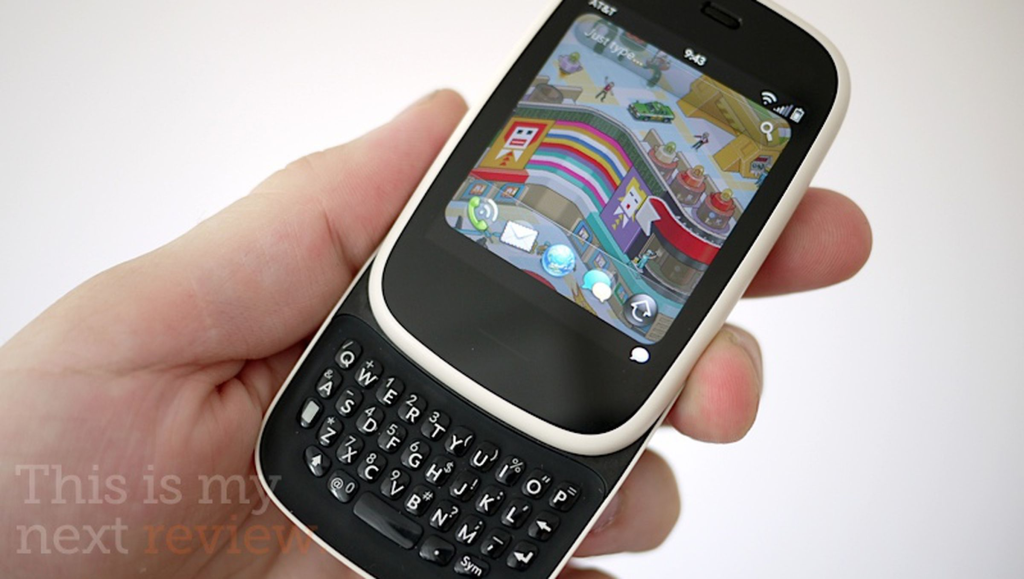
The HP Veer was a remarkably compact smartphone that operated on the innovative webOS platform, yet it unfortunately suffered from significant limitations in functionality and a glaring lack of ongoing support from developers. Its diminutive size, while initially seen as a unique selling point, combined with its basic features, ultimately rendered it less appealing to consumers. The Veer’s failure serves as a poignant reminder of the importance of adaptability and responsiveness in the mobile market.
11. Kyocera Echo (2011)
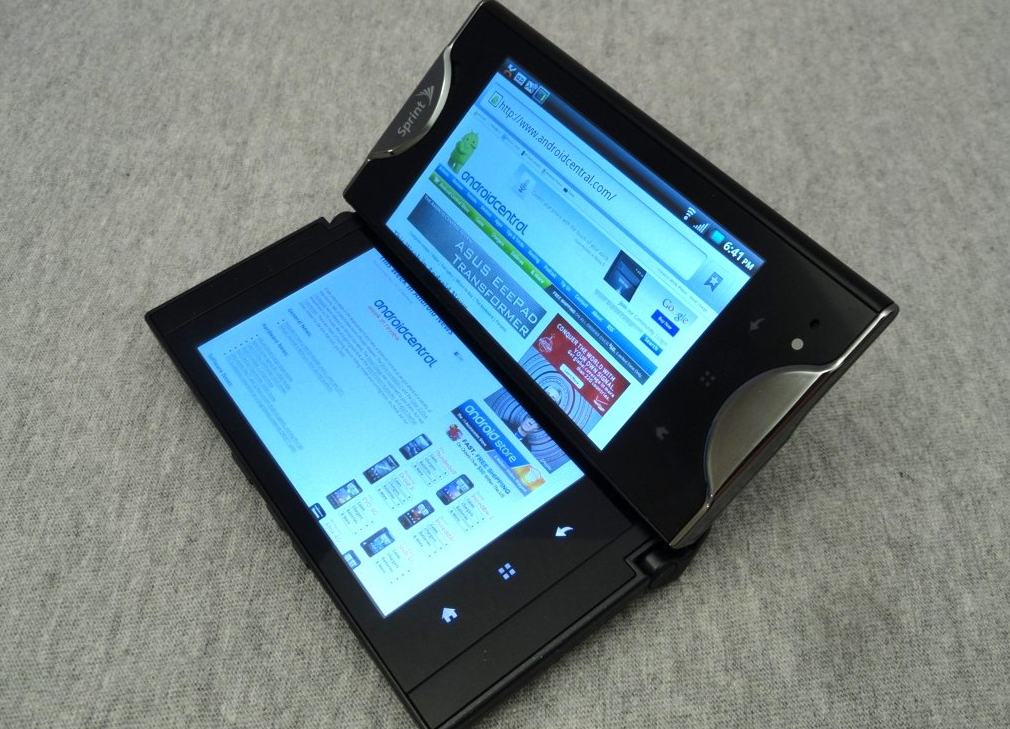
The Kyocera Echo was an ambitious dual-screen smartphone that ultimately fell short due to performance issues. While it offered a unique design, the phone’s laggy interface and limited functionality made it impractical for users. The Echo serves as a reminder that innovation must be paired with solid performance.
10. Nokia Lumia 900 (2012)
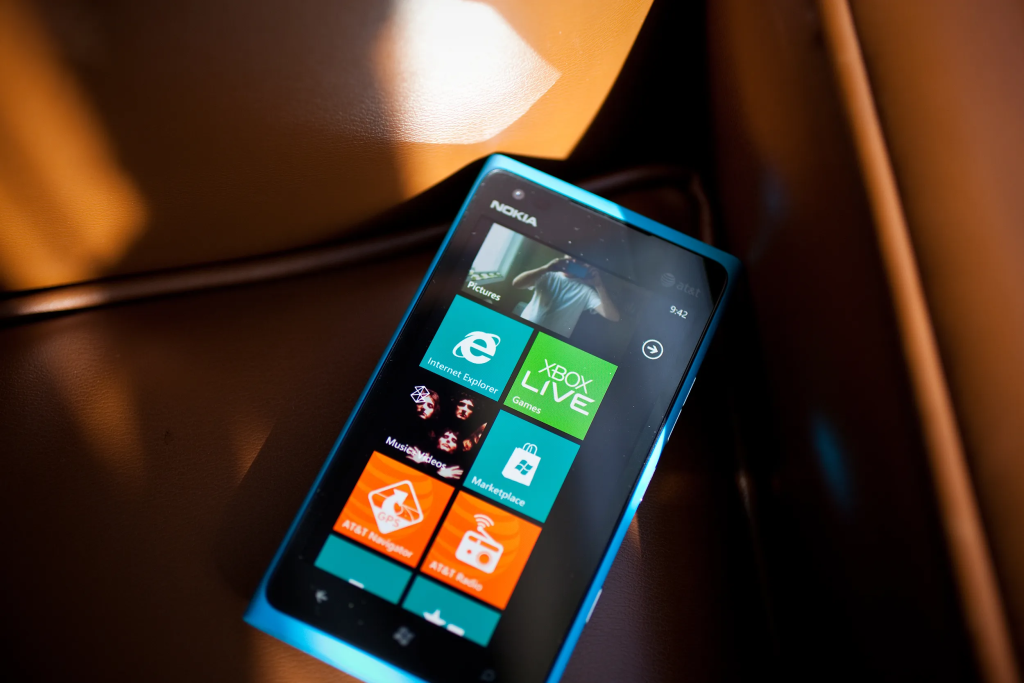
The Nokia Lumia 900 was marketed as a flagship Windows phone but quickly became obsolete with the announcement of Windows Phone 8. Its lack of expandable storage and limited app selection led to disappointment among users. The Lumia 900’s failure illustrates the risks of launching a device with a short lifespan.
9. HTC ChaCha (2011)

The HTC ChaCha featured a dedicated Facebook button but suffered from a cramped design and limited functionality. Its focus on social media did not resonate with users, leading to its poor reception. The ChaCha serves as a reminder that niche devices must appeal to a broader audience to succeed.
8. BlackBerry Z10 (2013)
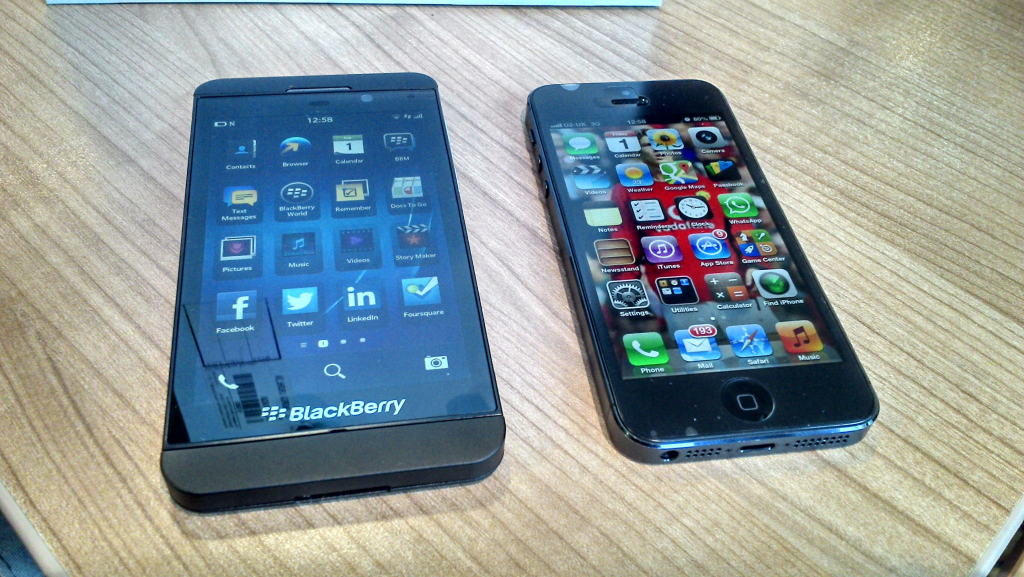
The BlackBerry Z10 was intended to revitalize the brand but fell short due to a lack of apps and poor performance. While it had some innovative features, the overall experience was disappointing. The Z10’s failure highlights the importance of a strong app ecosystem in today’s smartphone market.
7. HTC EVO 3D (2011)
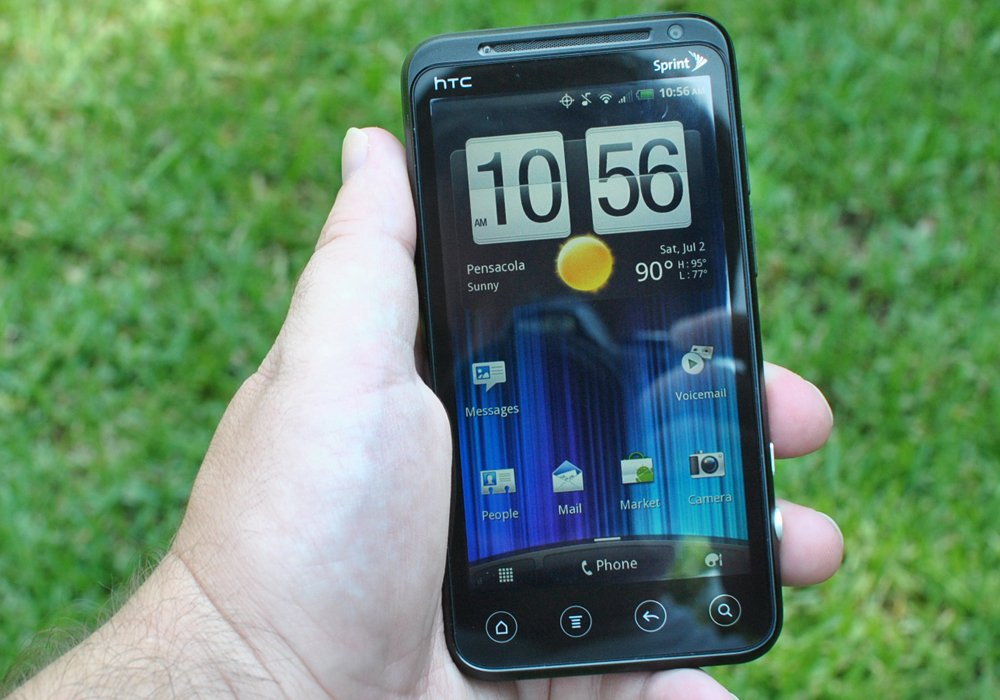
The HTC EVO 3D attempted to capitalize on the 3D trend but suffered from poor battery life and a lack of compelling content. Its gimmicky design did not translate into a practical user experience, leading to its downfall. The EVO 3D serves as a cautionary tale about chasing trends without substance.
6. Red Hydrogen One (2018)

The Red Hydrogen One was highly anticipated but ultimately failed to deliver on its promises. Its holographic display was poorly executed, and the lack of support for additional features left users disappointed. The Hydrogen One’s failure illustrates the risks of overhyping a product without a solid foundation.
5. Samsung Galaxy Note 7 (2016)
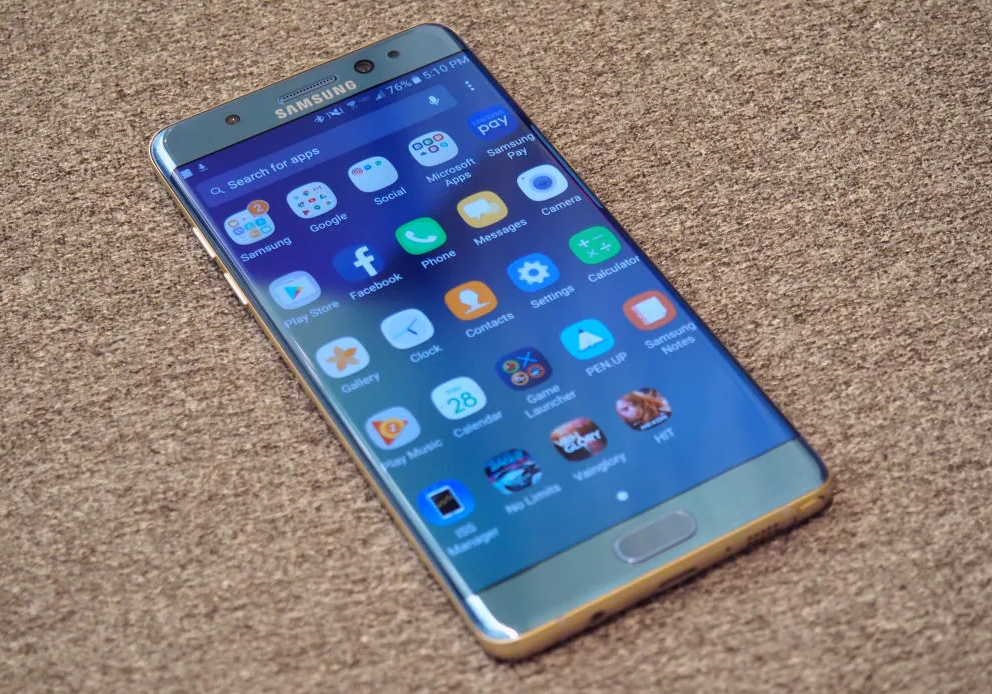
The Samsung Galaxy Note 7 was initially praised for its features but quickly became infamous for its battery issues. The device’s potential was overshadowed by safety concerns, leading to a massive recall. The Note 7 serves as a reminder that even the best devices can falter if safety is compromised.
4. LG G4 (2015)
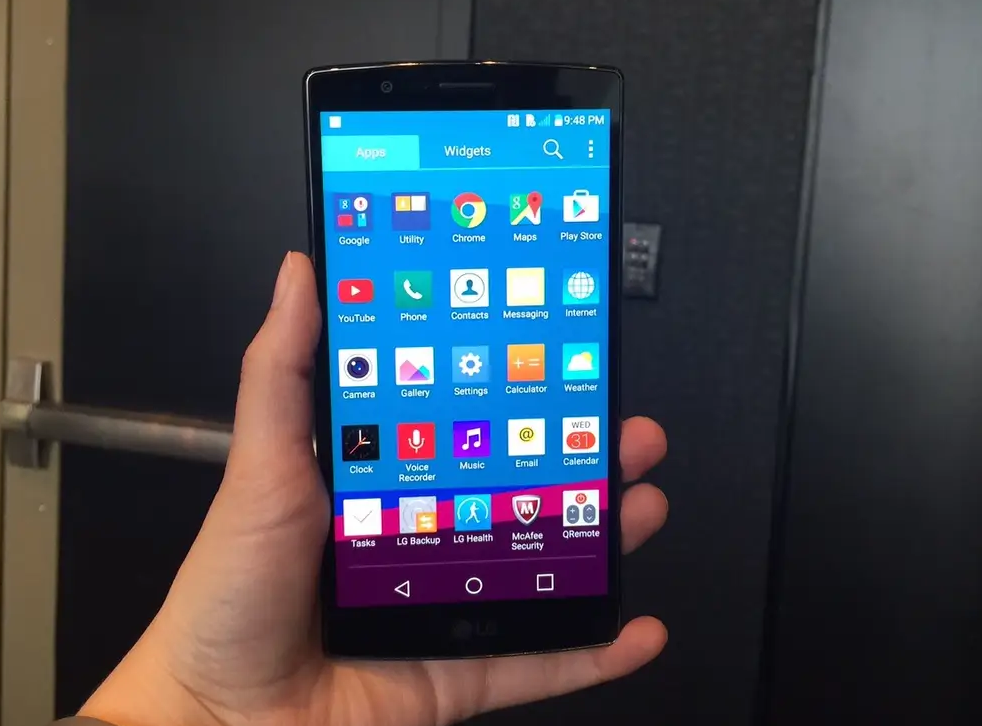
The LG G4 was well-received initially but suffered from boot-looping issues that plagued many users. Despite its strong design and features, the G4’s reliability issues led to frustration and disappointment. The G4’s failure highlights the importance of quality control in smartphone manufacturing.
3. Amazon Fire Phone (2014)
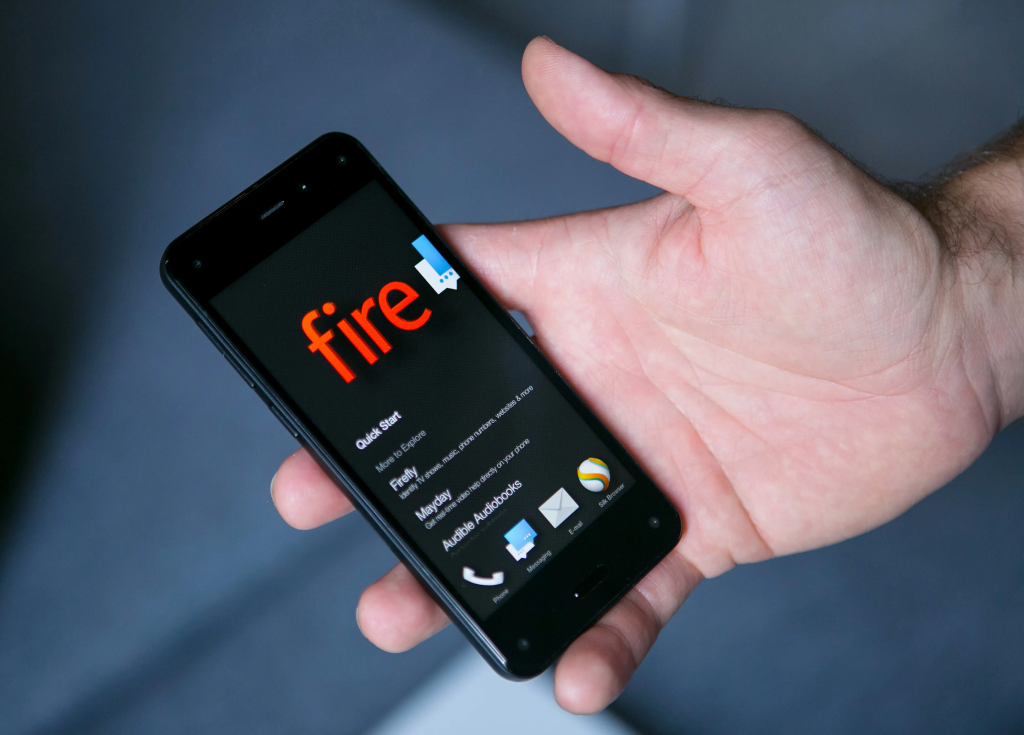
The Amazon Fire Phone was a bold and ambitious attempt to enter the highly competitive smartphone market, but it ultimately failed to resonate with consumers on a significant level. Its lack of essential and widely-used apps, combined with a confusing and unintuitive interface, led to disappointing sales figures that fell far short of expectations. The Fire Phone serves as a stark reminder that even established and well-known brands can misjudge market needs and consumer preferences, resulting in products that do not meet the demands of their target audience.
2. HTC First (2013)

The HTC First was heavily marketed as the revolutionary “Facebook phone,” designed to seamlessly integrate social media into everyday life, but ultimately failed to deliver on its lofty promises and expectations. Its limited functionality, combined with a lack of widespread appeal among consumers, led to its rapid and unfortunate demise in the competitive smartphone market. The First serves as a cautionary tale about the inherent dangers of niche marketing without a solid, well-rounded product that meets the diverse needs and desires of a broader audience.
1. Microsoft Kin (2010)
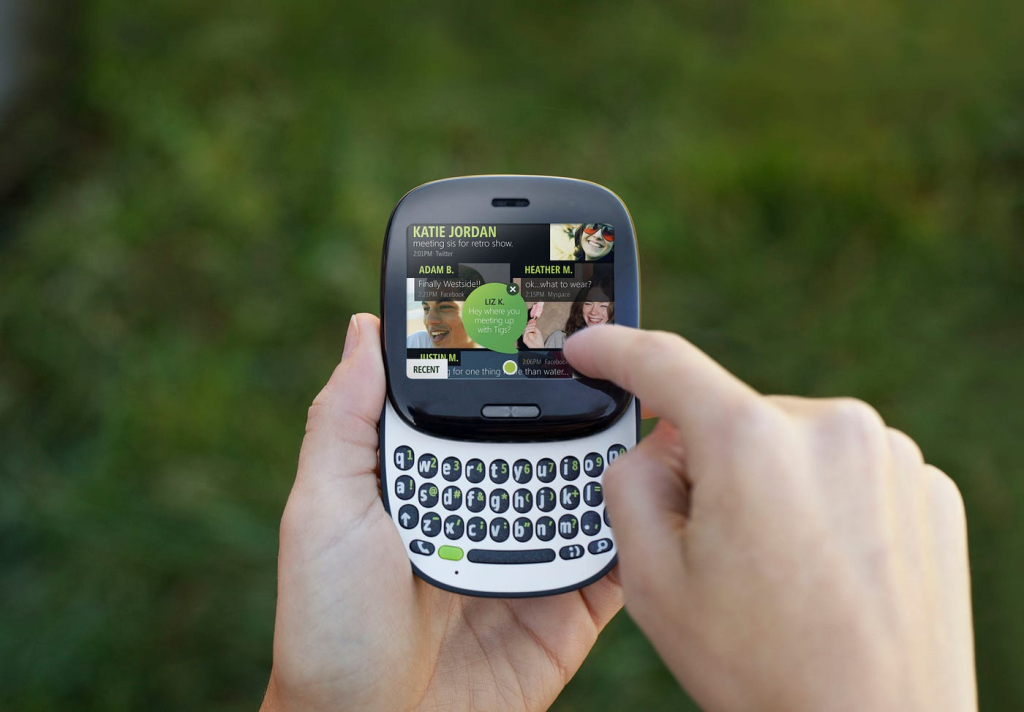
The Microsoft Kin was a social media-focused phone that ultimately failed due to its limited features and lack of app support. Its short lifespan and poor reception make it a prime example of a smartphone that missed the mark. The Kin serves as a reminder that understanding user needs is crucial in product development.

